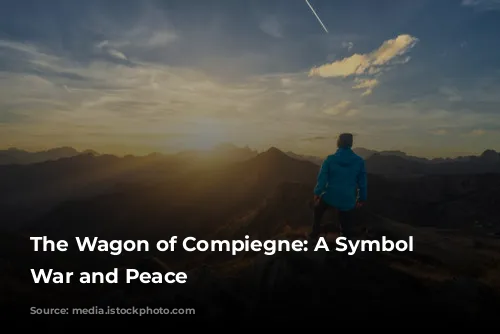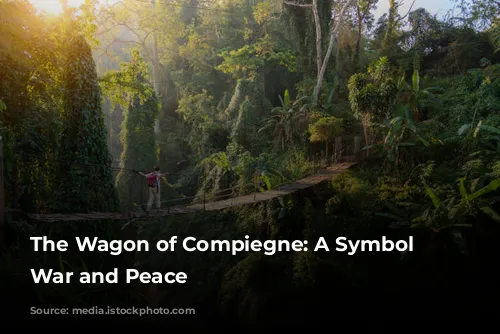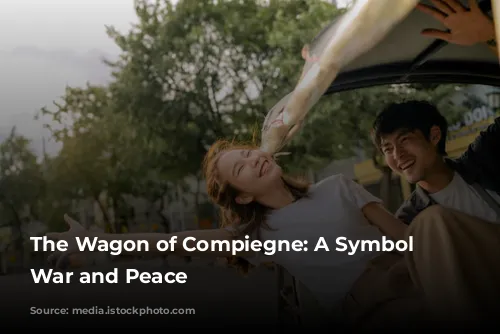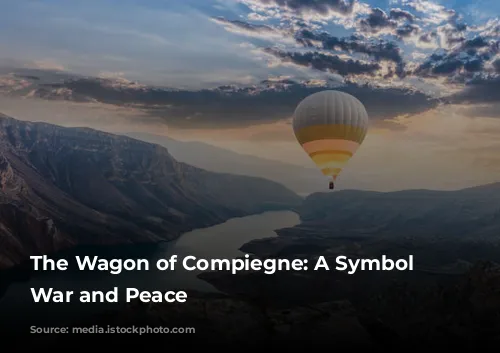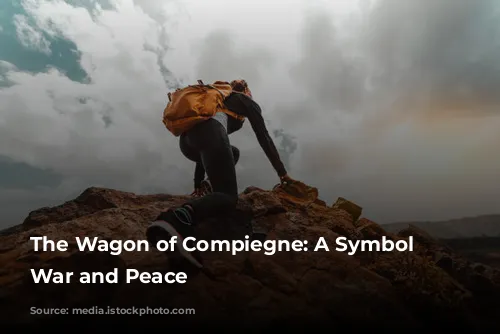Imagine a train car, not just any car, but one that witnessed the signing of an armistice ending a devastating war. This is the story of the “Wagon of Compiegne,” a humble dining car that became a focal point of history. This article explores its journey from serving meals to becoming a symbol of both war and peace.
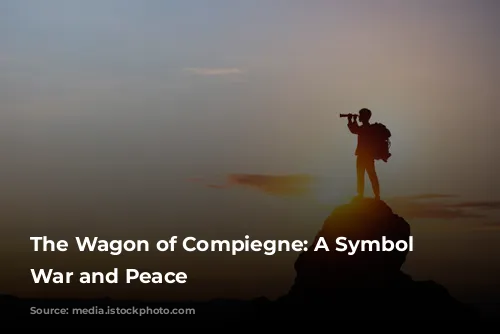
From Boeuf Bourguignon to World Peace
The “Wagon of Compiegne” started its journey as a regular dining car serving passengers in the seaside town of Deauville. But its destiny was far from ordinary. It was unexpectedly chosen to be a mobile office for the Allied commander, Marshal Ferdinand Foch, in the middle of a forest near Compiegne.
The choice of this seemingly insignificant train car for such a momentous event, the signing of the armistice ending World War I, is intriguing. Why was it chosen over a grand military building or a palace? The answer lies in the tumultuous circumstances of the time.
The town of Senlis, where Foch’s headquarters was located, had suffered greatly during the war. The inhabitants were held hostage, and the mayor was tragically shot. With the town still reeling from the horrors of war, hosting a German delegation was considered a risky proposition.
The “Wagon of Compiegne” offered a safe and secure alternative. Its isolated location in the forest ensured privacy and minimized the chances of unwanted intrusions. It allowed for a discreet and respectful environment for the signing of the armistice with the defeated Germans.

A Symbol of Mourning and Catharsis
The “Wagon of Compiegne” became a shrine for the French people in the years following the war. They flocked to it, seeking solace and remembrance of the fallen soldiers.
The wagon was even displayed in the courtyard of the Invalides, the final resting place of Napoleon, before being moved back to Compiegne in 1927. A special memorial was built on the site of the signing, where the wagon stood, a symbol of mourning for the 1.4 million French soldiers who lost their lives.
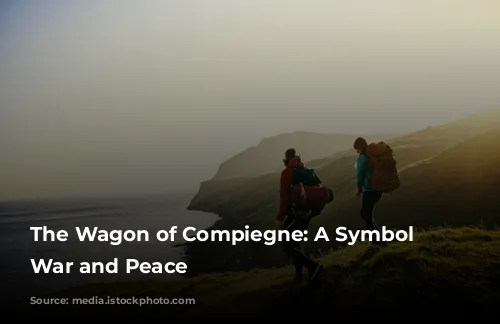
A Stage for Hitler’s Revenge
But the “Wagon of Compiegne” also became a symbol of Germany’s past humiliation and a tool for Hitler’s rise to power. The Nazi leader saw the wagon as a tangible representation of Germany’s defeat and used it to fuel resentment among the German people.
In 1940, Hitler ordered the wagon to be brought back to the forest, where it had stood in 1918. He then staged a surreal reenactment of the armistice signing, with Germany as the victor and France as the loser.
The wagon became a war trophy for the Nazis, and was transported to Berlin and displayed at the Berlin Cathedral. This act served as a constant reminder of Germany’s triumph over France.

A Legacy of Peace and Remembrance
The “Wagon of Compiegne” was ultimately destroyed at the end of World War II. But its story lives on. A replica of the car is displayed at the Armistice Museum, reminding us of the complexities of war and the enduring power of peace.
Today, the “Wagon of Compiegne” serves as a poignant reminder of the human cost of war and the fragility of peace. It also stands as a testament to the enduring power of human resilience and the desire for a better future.
This year, on the 100th anniversary of the armistice, German Chancellor Angela Merkel and French President Emmanuel Macron will visit the site of the signing, marking the continued commitment to peace and reconciliation between France and Germany. This visit will be a powerful symbol of unity and the enduring power of the “Wagon of Compiegne” as a symbol of peace.
